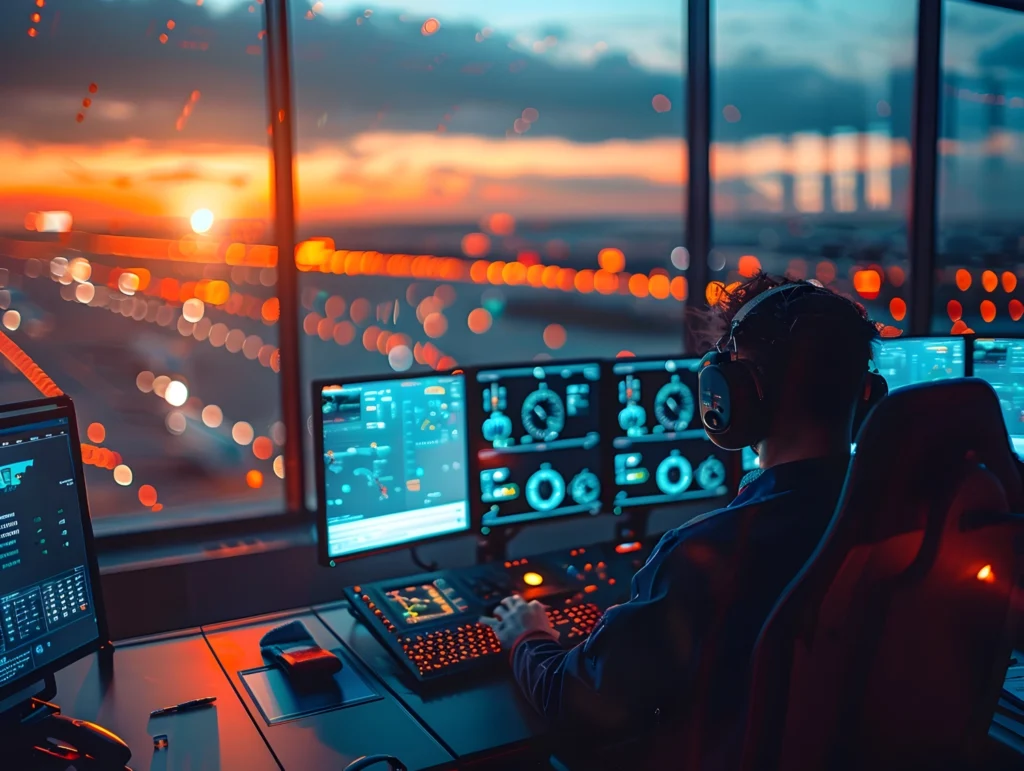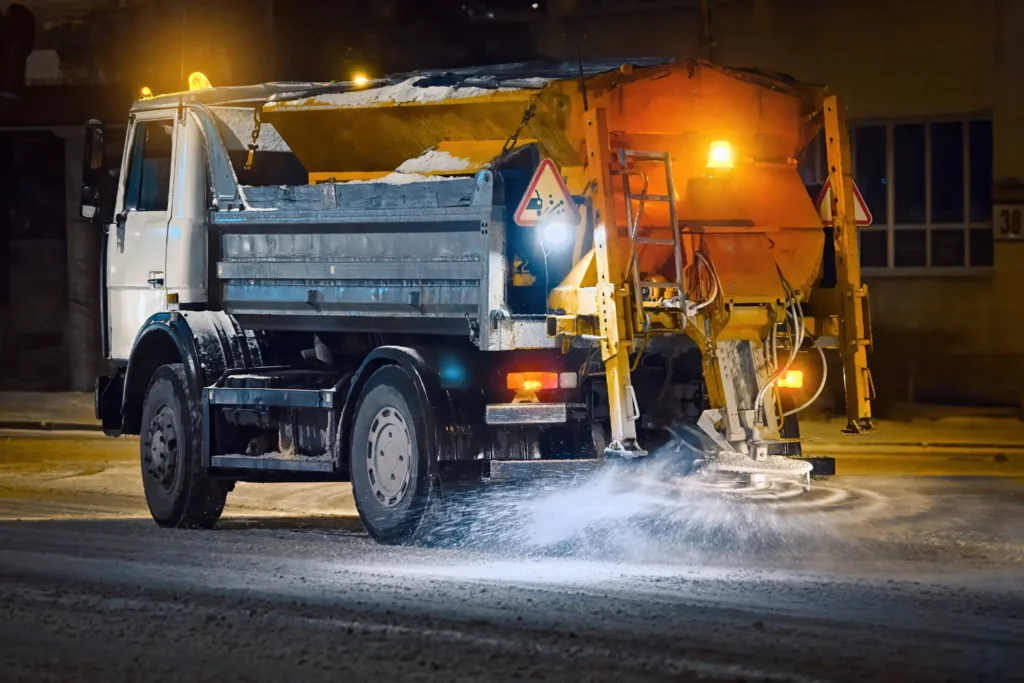Knowing what the weather will do in advance is always important, but it becomes especially critical during winter.
It’s estimated that freezing weather costs the UK economy up to $1 Billion a day, and frozen roads, snowed-up streets and torrential downpours can all lead to enormous losses for businesses who miss out on usual operations.
Luckily, in just the last few decades, the world’s weather forecasting services have improved from around 80% to 97% accurate for three-day forecasts and from around 40% to just below 80% accurate for seven-day forecasts.
All of this allows businesses and individuals to better prepare for winter weather, employing winter maintenance services well ahead of time to ensure the country can still run as normal, no matter the weather.
Despite major technological advancements already being made in the world of weather forecasting, there’s still plenty of room for growth and improvement.
Here’s everything you need to know about the current state of weather forecasting services and their future, both in predicting the weather and facilitating winter maintenance.
The Current State of Weather Forecasting Services
Modern weather forecasting uses a combination of sophisticated technologies and data analysis methods to provide forecasts both locally and nationally.
Many key players operate within the UK’s weather forecasting industry, with public operator the Met Office being the most well-known. Other private providers such as AccuGrit also provide consistent and accurate weather forecasts with their own technology.
Across the board, these providers use various technologies such as Doppler radar, satellite imagery, and ground-based sensors to help build up a detailed forecast.
In recent years, the development of RWIS, or Road Weather Information Systems, has helped increase the accuracy and reliability of weather forecasts across the UK.
The RWIS uses sensors embedded in road services to provide forecasting operators with real-time data on road temperature and moisture levels. This gives a clearer picture of the weather on the ground and improves road condition forecasts.
Technological Advances in Weather Forecasting
Breakthrough developments in technologies such as the Internet of Things (IoT) and Artificial Intelligence (AI) appear to be promising new tools, ripe for application within weather forecasting.
AI was tailor-made to analyse vast data sets and pick out patterns, which is precisely how weather forecasting is done.
Projects such as IBM’s Deep Thunder are already well on the way to using a combination of local sensors connected by IoT along with AI analysis of the resulting data to achieve hyperlocal forecasts at up to a 0.2 – 0.6 mile resolution.
This technology is still in its infancy, and the possible applications are broad. With so much technology capable of detecting useful data, from phones to vehicles, IoT and AI still have a growing role to play in increasing the accuracy of weather forecasting technology.
A recent report from Minnesota suggested that over the course of 25 years, around $6.5 million could be saved by using an RWIS network implementing AI and IoT technology to predict road conditions more accurately and salt the roads or clear snow more efficiently.

How Do These Advances Impact Winter Maintenance Strategies?
With more accurate forecasts of weather and road conditions, winter maintenance providers can make better-informed decisions on how, when and where to use their resources and services.
With increased accuracy, winter maintenance providers can not only grit roads in advance more consistently, but also vary which roads require heavier gritting depending on the forecasted road conditions for that area.
This saves on resources for gritting the roads, reduces work times, and minimises environmental impact.
All this comes alongside earlier weather warnings to help increase public safety, as well as allowing crews to be rotated and scheduled more efficiently for winter maintenance, reducing the risk of a lack of personnel when large weather events such as storms hit.
Future Trends and Predictions
No one can predict the future with 100% accuracy, though there are certainly some trends in the industry that seem likely to continue.
Here’s a forecast for the future of weather forecasting services:
- An increased integration of AI into weather forecasting, helping analyse data and create more accurate forecasting
- Expanding IoT networks are extremely likely, allowing for the creation of a wider and more diverse network of data collection points.
- As AI affects many different industries, weather forecasting systems are set to become increasingly integrated with smart city infrastructure and urban management systems.
- Due to climate change, weather conditions continue to become more and more unpredictable, meaning forecasters and winter services providers will need to adapt.
What Are The Key Challenges Facing Weather Forecasting and Winter Maintenance?
Even with so much progress and advancement, many risks and challenges remain.
With so much device integration, data privacy and security will become an increasing concern in weather forecasting.
This is not to mention the vast cost of upgrading to these new technologies, along with the challenges of training staff to adapt and work with them.
As maintenance operations and weather forecasting become increasingly reliant on technology, a tricky balancing act will be needed to move forward while still having reliable backup systems.
Finally, any use of AI in decision-making processes will need to be accompanied by carefully considered ethical considerations regarding accountability and transparency.
Moving Forward To Face Challenges and Embrace Advancements
As weather forecasting and winter maintenance continue to evolve with emerging technologies, it’s vital that both sides of the industry are able to adapt quickly to both climate change and the new tools at hand.
Integrating these new technologies such as AI and IoT can give huge benefits and doing so is critical to staying ahead of the curve, yet companies must be able to balance this new integration with technology while retaining valuable human expertise.
If you are looking for a modern and accurate weather forecasting service, you can request a free quote today to see how AccuGrit can help you and your business save money with precise weather forecasting.


